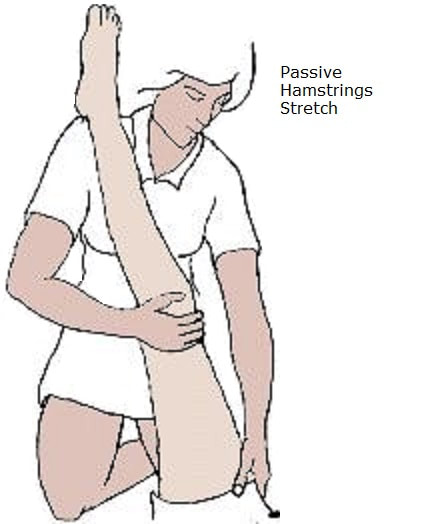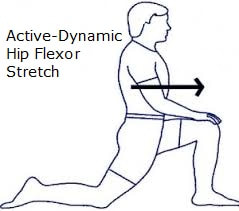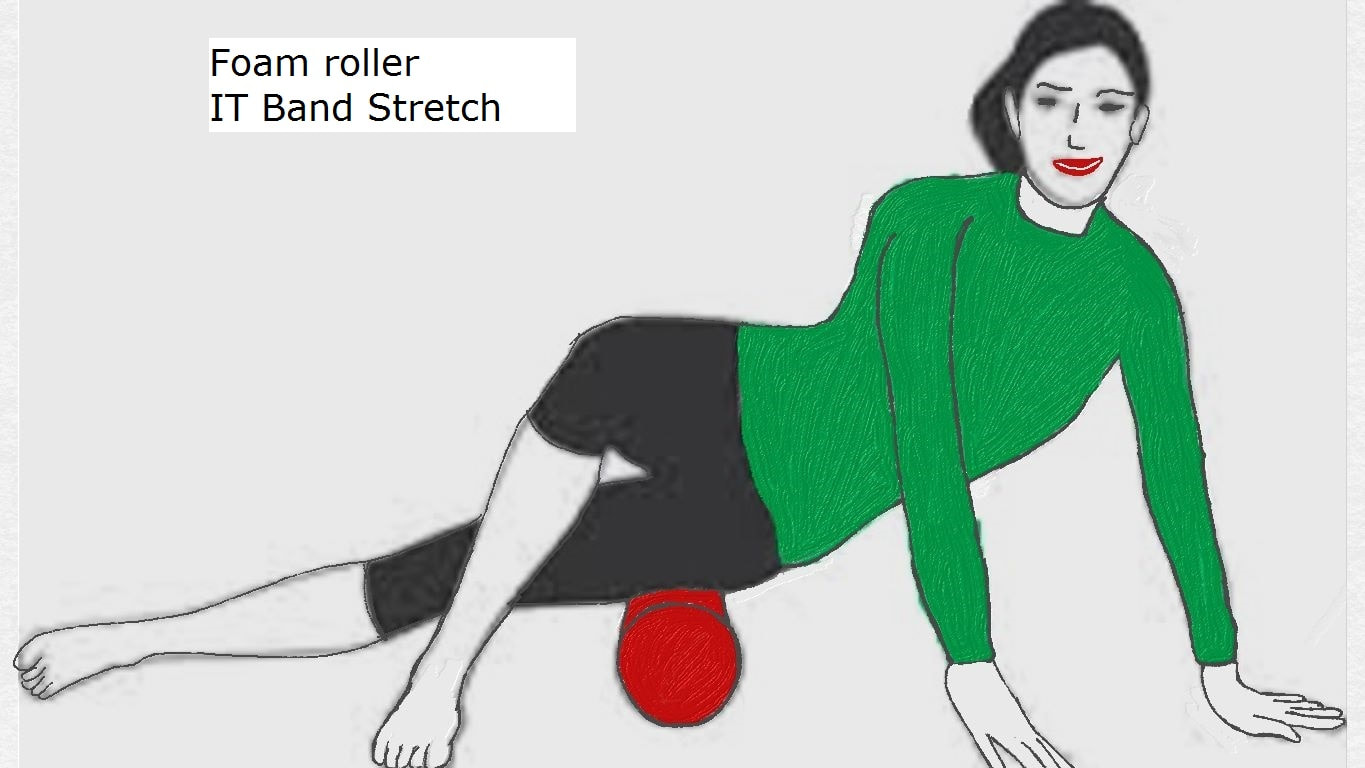|
I will broach the topic of stretching in detail and then eventually take up specific muscle stretches over the upcoming weeks.
In my post on stretches on September 2nd, 2016, I mentioned stretches can be either “informal/ spontaneous” or “deliberate.” In physical therapy, we are concerned with deliberate stretches with a goal in mind. Stretches lead to increased flexibility of soft tissue. Though it is widely thought that it is a muscle being stretched, there are a lot many tissues in addition that are stretching (like fascia, nerves, blood vessels and connective tissue), to allow increase in flexibility or mobility at a given joint. The tensile strength of various tissues varies based on their elastic property, muscles, being the most flexible and elastic amongst these. It is important to realize, just as the tissues have varying properties and abilities, so do we. And while 10 degrees of motion for one allows him to work happily, doing what needs to be done in the course of the day, for another, 20 degrees may be required to achieve smooth execution of daily activities. Whatever is your requirement, with the above in mind, go slow with stretches, do multiple repetitions with holds and enjoy! Yes, you read that right, ENJOY! Stretches do not have to be painful or cause soreness. With the right effort and willingness, they can be an enjoyable activity. As long as you are doing what you need to, happily, no aches and pains associated due to tightness or stiffness, you are doing good. The mechanism for muscle stretch can be seen from physiological or biomechanical perspective. Some of these are: • Local stretch reflex acclimatization- The local stretch reflex is a mono-synaptic reflex and is hence a very quick response to muscle being stretched. The muscle spindle in muscle sends signal to spinal cord, which then sends response signal causing the stretched muscle to tighten or contract to prevent overstretch or sudden tear. So it is a primitive, protective mechanism. When the stretch is gradual and prolonged, the muscle spindle gets “acclimatized” to stretch and decreases the firing intensity, thus allowing the muscle to be stretched further. • Reciprocal inhibition- Muscles around a joint exist in an agonist/antagonist relation. When the agonist muscle contracts, the antagonist muscle relaxes to allow movement to occur at the given joint. This is a primitive spinal cord reflex as well. • For example the quadriceps (quads) and hamstrings (hams) at the knee are in such a relationship. When the quads contracts, the hamstrings relaxes to allow the knee joint to straighten. While stretching the hamstrings, when quads are engaged at end of stretch, it allows deepening of stretch through reciprocal inhibition of hamstrings. • Proprioceptive neuro-muscular facilitation (PNF) - this is a technique in which brief contraction of muscle being stretched (at end of stretch) increases tension in muscle tendon junction where Golgi tendon organ is situated. The Golgi tendon organ (senses tension in muscle) sends signal to stretched muscle to relax with resulting slack (like a circuit-breaker) in muscle and thus facilitates voluntary deeper stretch. Stretches can be done in various ways: 1) Passive: when a muscle stretch is done by your therapist or anyone else trained to do so, and you are doing nothing, such a stretch is passive. This stretch may be used to demonstrate what a muscle being stretched feels like so that you experience the right stretch. Sometimes, it may not be possible for you to stretch, as in after surgery or your doctor may want you to have a passive stretch. During passive stretch, holding gentle prolonged stretch and deepening the stretch gradually over 30 seconds to 2-3 minutes, increases efficacy of stretch by causing the local stretch reflex to decrease intensity due to acclimatization. Think of it as a learning phase, wherein the right experience increases awareness. For example a passive hamstrings stretch. 2) Active stretch: here you are putting in some muscular effort to bring about a stretch. During active stretch, acclimatization of the local stretch reflex as well reciprocal inhibition or PNF can be employed to deepen the stretch. Active stretch can be: i) Static, wherein most your body is well supported and by holding one end of muscle insertion stable or steady, you are stretching the soft tissue by moving the other end of muscle insertion away. The focus here is on the tissue being stretched. Think of it as a skilled single-task performance. For example, a static hamstrings stretch in supine position. ii) Dynamic, wherein you are in a posture simulating the lacking activity or any activity which demands the additional flexibility and it involves movement of the joints which the muscle crosses, while maintaining stability in other joints and postural balance. Think of it as a skilled multi-task performance. For example, a forward lunge, hip flexor stretch on floor/mat. 3) Stretching with use of tools: These are self-myofascial release techniques using tools like the foam roller, tennis balls, thera-belt, thera-cane, and so-on. Think of it as a person skilled in the tools of trade with ability to employ tools successfully for desired outcome. For example, IT band stretch on foam roller.
0 Comments
Your comment will be posted after it is approved.
Leave a Reply. |
Details
AuthorAmi Gandhi is a licensed physical therapist in the state of California. She is the owner of StableMovement Physical Therapy, a small boutique practice in San Jose that offers patient centered, one-on-one, hands-on physical therapy. Archives
March 2018
Categories |



